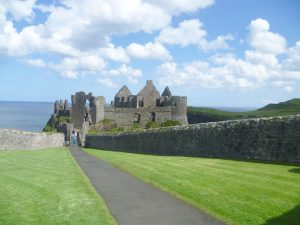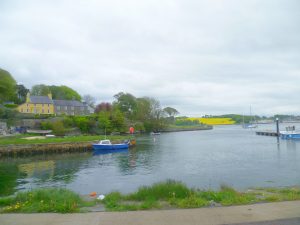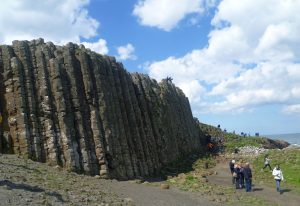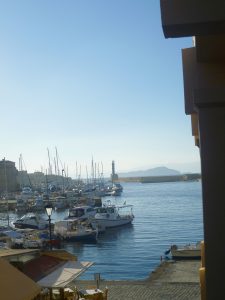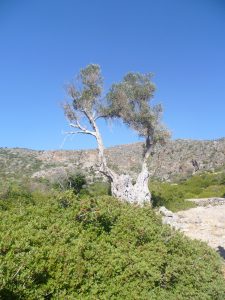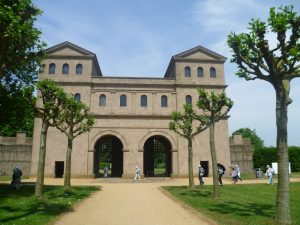Lord Byron (1788-1824), Romantic poet; a man fatally attractive to women; a friend of many literary figures of his day, including the atheist poet, Shelley; a fighter for Greek independence from the Ottoman Empire; and an intrepid traveller, was a man who tended to leave scandals in his wake. In 1809, when he was twenty-one, he left England for the continent on what he called a ‘pilgrimage’. In effect, it was a Grand Tour, taking in Portugal, Spain, Sardinia, Sicily, Malta, Albania and Greece, and it seems to have involved a lot of drinking, stupendous scenery, and sex.
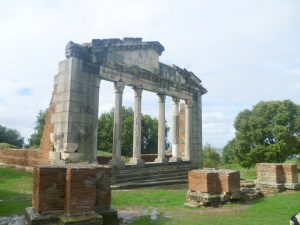
Ancient Apollonia, the Agonothetes Monument; a reminder that Albania was once part of Greece
Continue reading Lord Byron in Albania
Please share this page...
